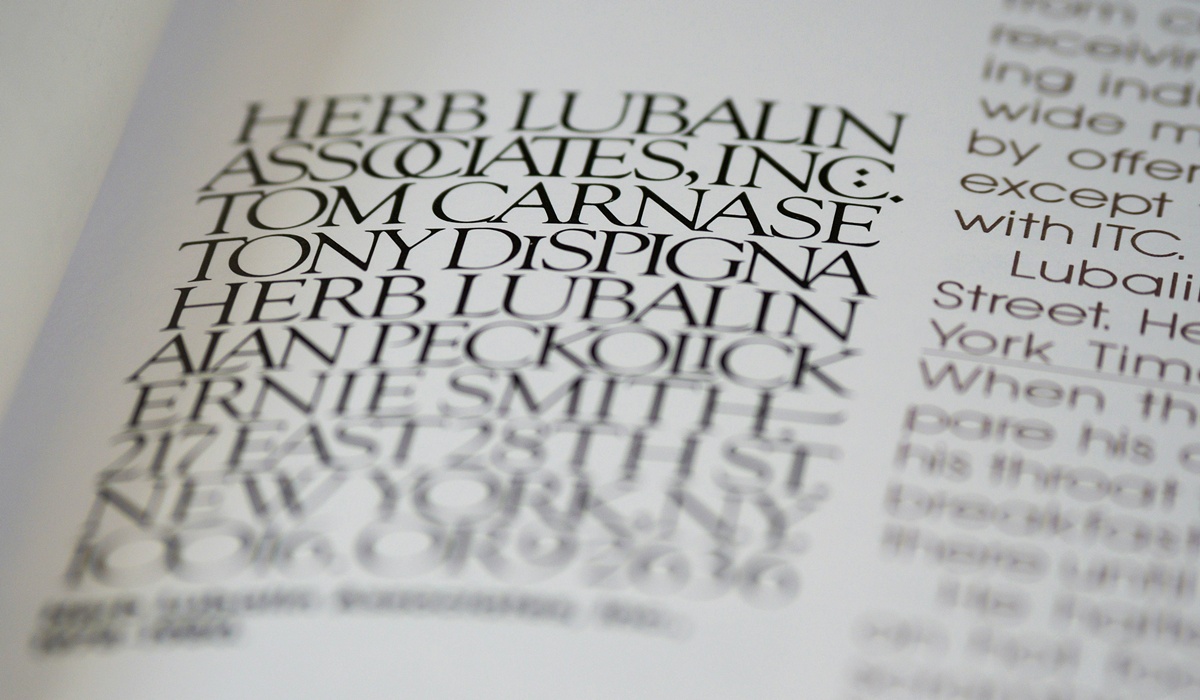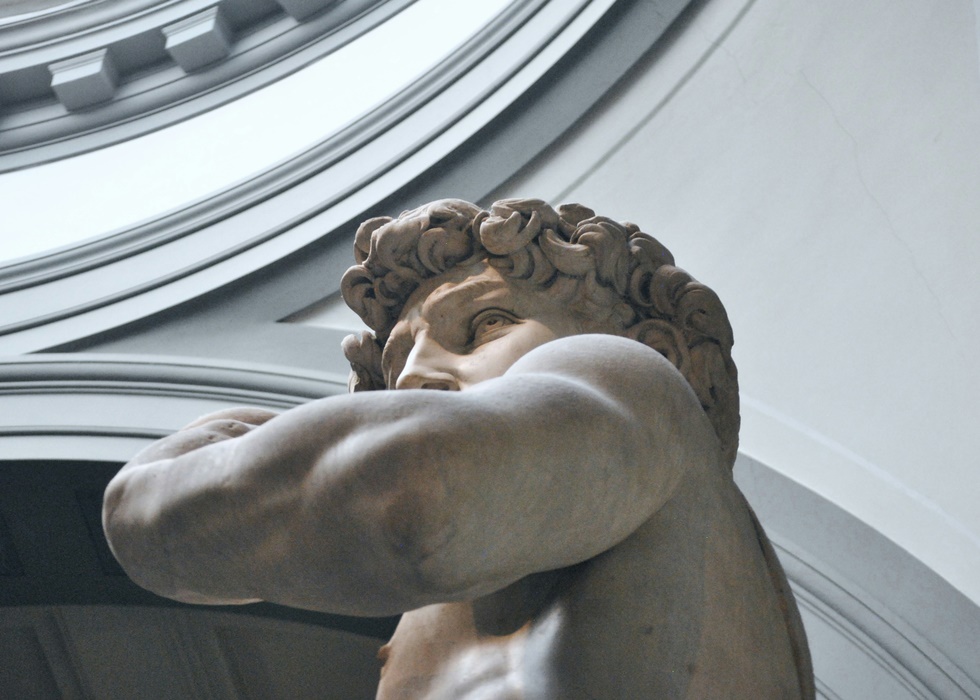While much of Princess Diana’s life played out in the glare of the media, one of her quietest legacies bloomed behind the walls of Kensington Palace.
Far from a ceremonial interest, Diana’s connection to the palace gardens was genuine, personal, and consistent. According to Graham Dillamore, then Deputy Head of Gardens and Estates for the Historic Royal Palaces, Diana frequently stopped to engage with the gardening team.
“While she was in residence at Kensington Palace, Diana, Princess of Wales regularly admired the changing floral displays in the Sunken Garden and would always stop to talk with me and the other gardeners who cared for it,” Dillamore said.
This interaction was more than royal politeness. According to Dillamore, she had a true appreciation for the work they did and showed active interest in what was in bloom and what was being planned.
“She was relaxed with us and very informal.”
Diana’s involvement included expressing her personal preferences for types of flowers, scents, and arrangements. She preferred soft landscaping and natural flow—gardens that felt alive and human rather than formal and static.
Taste for scent, movement, and informality
Princess Diana’s approach to the Kensington Palace gardens reflected a consistent preference for subtlety, softness, and seasonal rhythm. Her interactions with the gardening staff were frequent and informal, never ceremonial.
Rather than rigid symmetry or statement beds, Diana favored planting that moved gently with the breeze, like border flowers, pale tones, and scented varieties that softened the palace’s edges. Her taste leaned toward ease over grandeur, and the garden became a space she engaged with regularly, not merely admired.
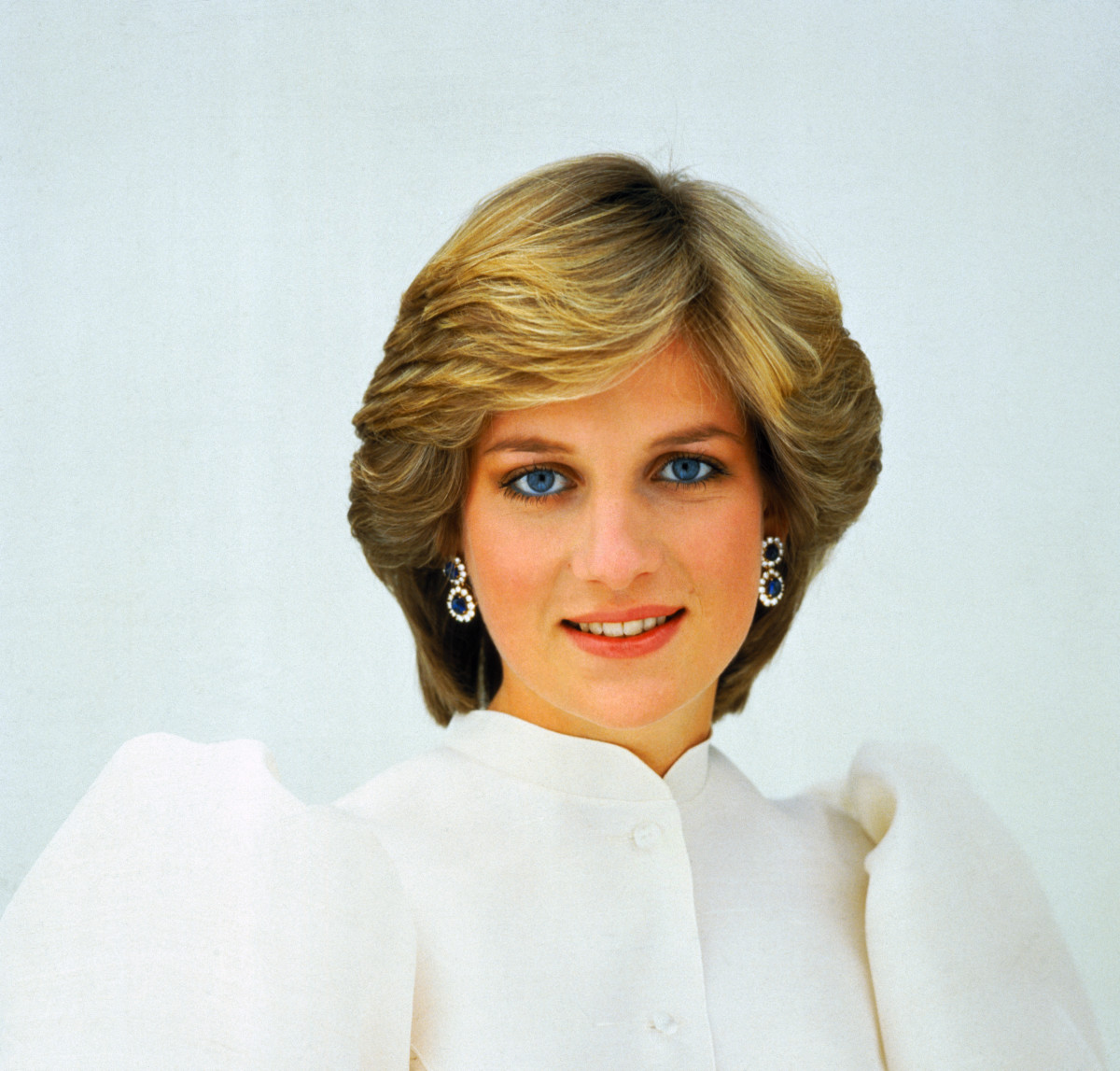
These details are echoed by Sean Harkin, head gardener for Kensington Palace in more recent years, who designed a memorial space based on her tastes. In preparing the 2017 White Garden, Harkin looked closely at the types of flowers Diana was known to enjoy.
“We have hundreds of white lilies, because people recall she left a lot of those cut flowers around her apartment here at Kensington.”
Diana also frequently spoke with the gardeners about how the space changed throughout the year.
“She would say how much she liked the garden and comment on what it was looking like depending on the seasons. She was really friendly and warm.”
The result was a design that captured not just the flowers she loved, but the way she experienced them: often, and with genuine attention to their presence in daily life.
A public tribute
Following her death in 1997, Kensington Palace became the focal point of public mourning. Thousands of people gathered at the gates, leaving floral tributes in such volume that the iron fence disappeared behind a wall of blooms. Many of those bouquet, such as white roses, tulips, and forget-me-nots, reflected Diana’s personal preferences, even if the public didn’t know the full story behind them.
In 2017, the palace’s Sunken Garden was redesigned in her honor as the White Garden, coinciding with the 20th anniversary of her passing. The floral palette was inspired by Diana’s favored aesthetic: white tulips, daffodils, hyacinths, forget-me-nots, and cosmos were chosen for their simplicity and symbolism.
The effort was more than symbolic; it was meant to evoke a sense of the woman herself.
“She had an appreciation for the work we did,” Dillamore explained. “She would stop and talk—she was interested in the gardens.”
When the garden opened in 2017, Princes William and Harry, accompanied by the Duchess of Cambridge, toured the grounds and met with representatives from charities Diana supported. According to Vanity Fair, the experience was emotional and designed to reflect “the energy and spirit of the Princess.”
“The garden, redesigned by head gardener Sean Harkin, included Diana's favorite flowers such as white tulips, lilies, and forget-me-nots.”
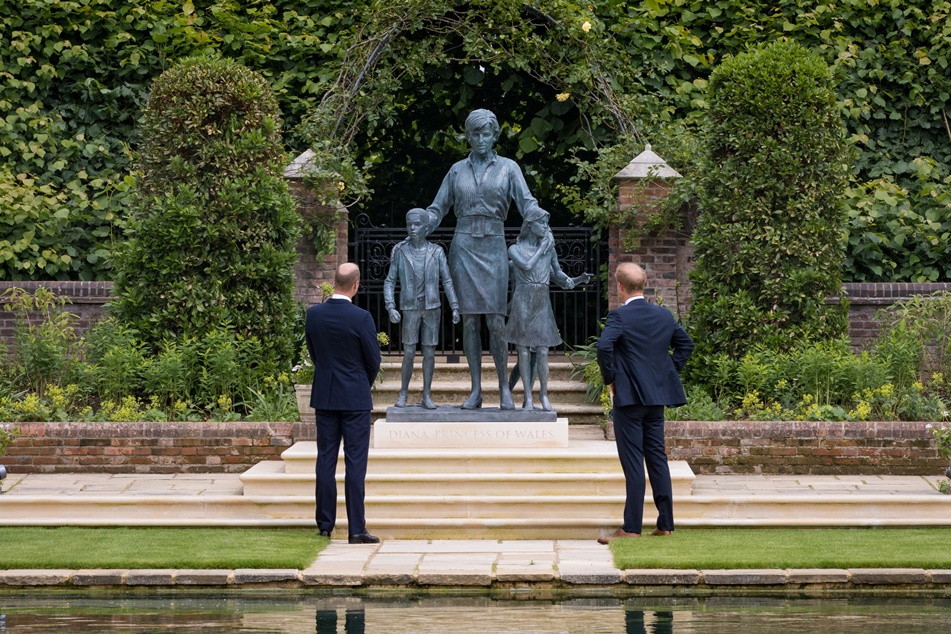
Legacy in petals
The Sunken Garden, where Diana’s memorial planting was once staged, still reflects the influence of the 2017 White Garden. While the original scheme was temporary, its style of pale tones, soft textures, and many of Diana’s favorite flowers, continues to inform how the garden is planted today.
With the statue of Diana now at its center, the space remains open to the public and serves as a place of quiet reflection. It is not marked as a formal memorial, but it carries her presence in a more subtle way: through scent, season, and atmosphere. Rather than a monument fixed in time, the garden shifts with the year, never quite the same, always familiar.
Diana may be remembered globally for her style, her humanitarian work, and her difficult marriage, but within Kensington Palace, among the gardeners who knew her and the flowers she chose, her memory is far more grounded.


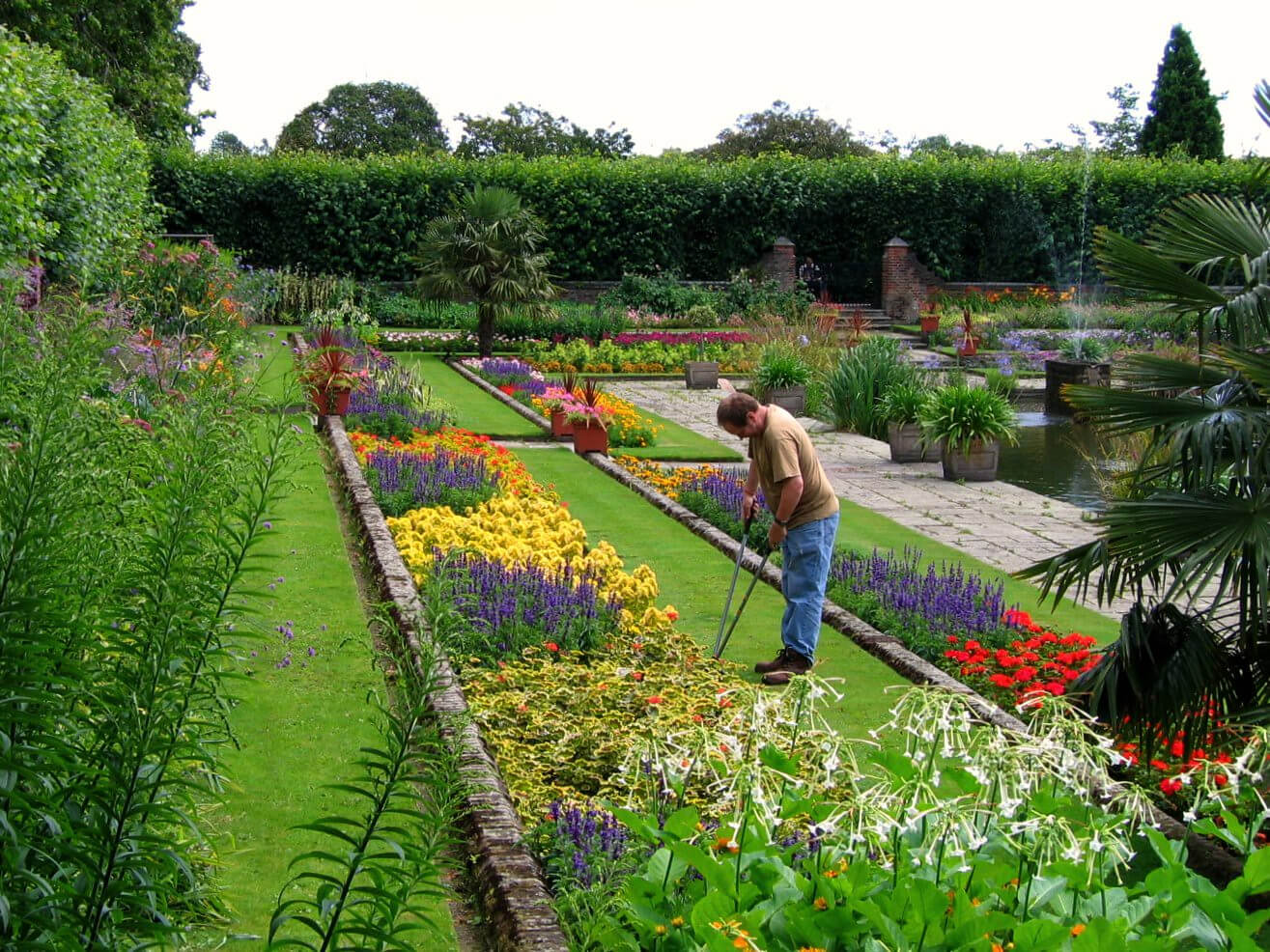
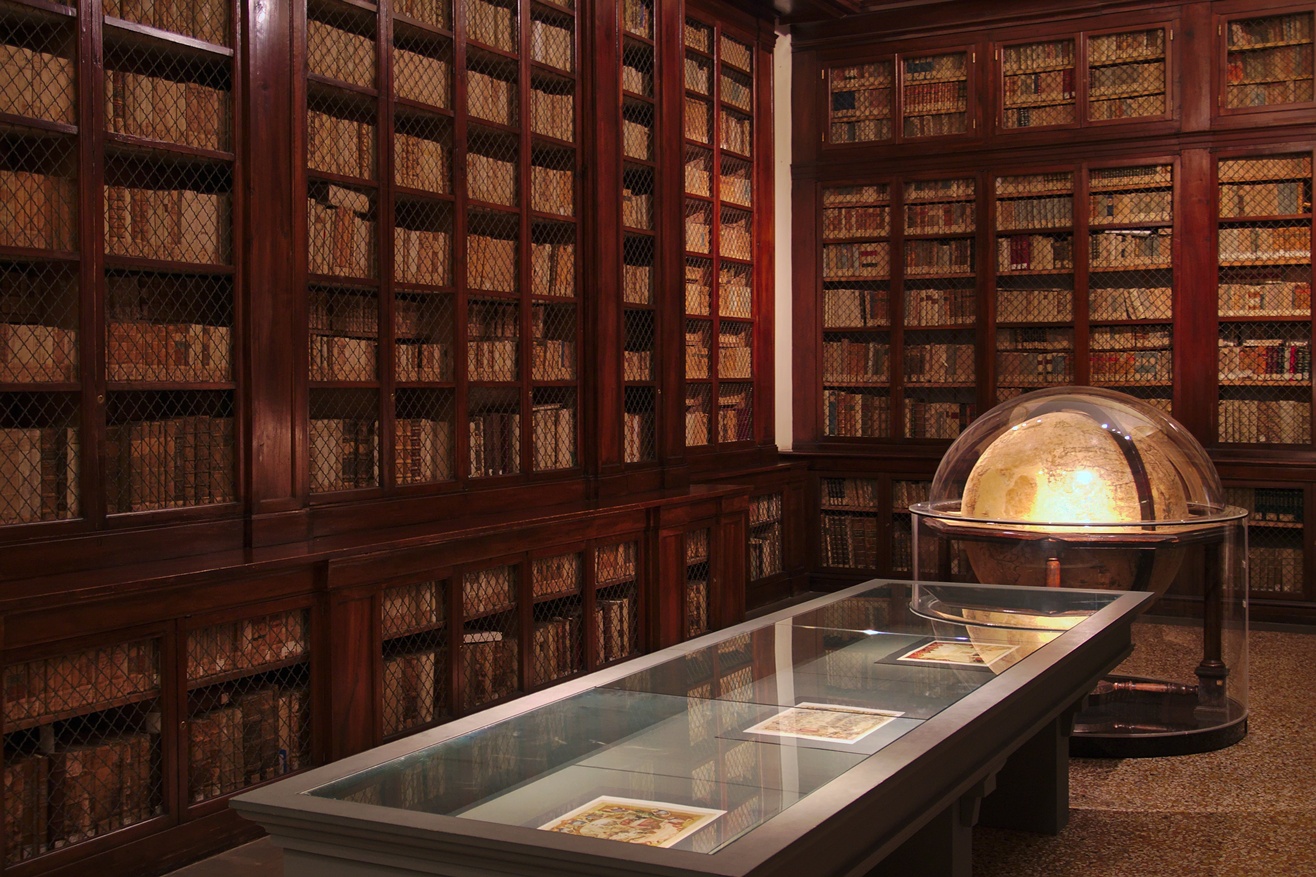
.jpg)
